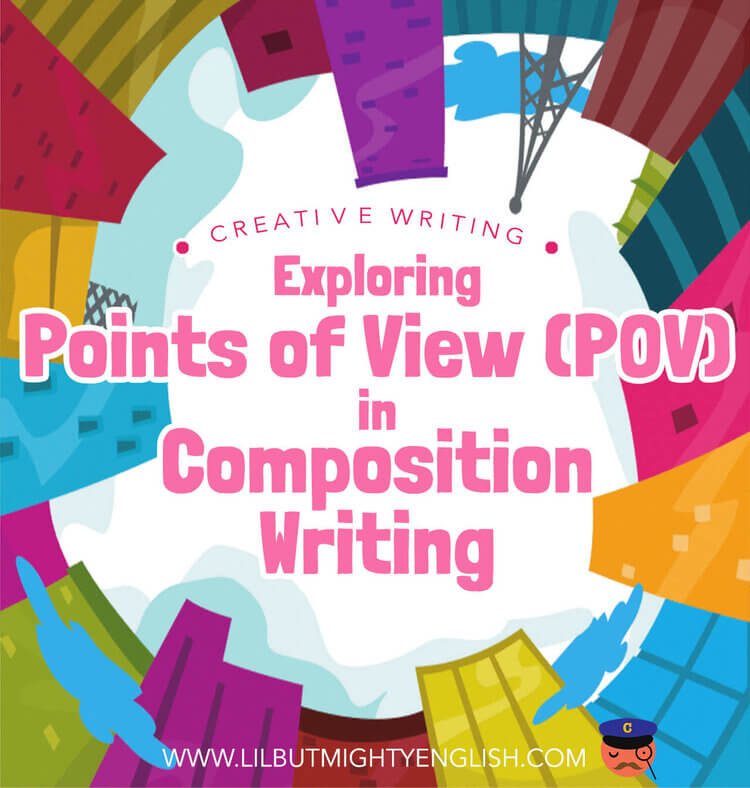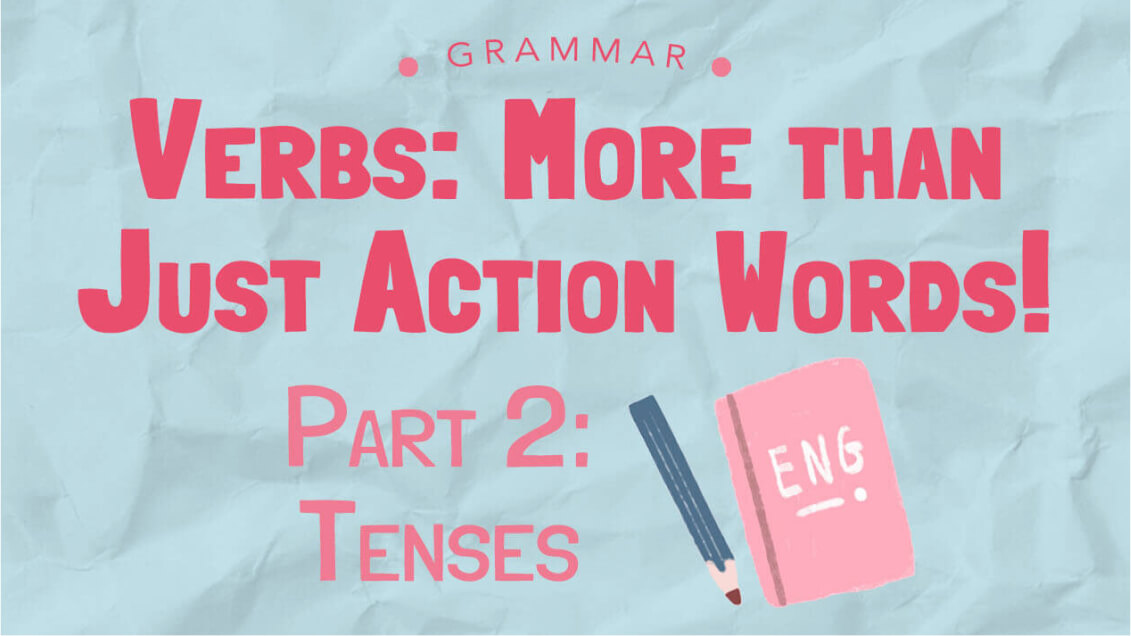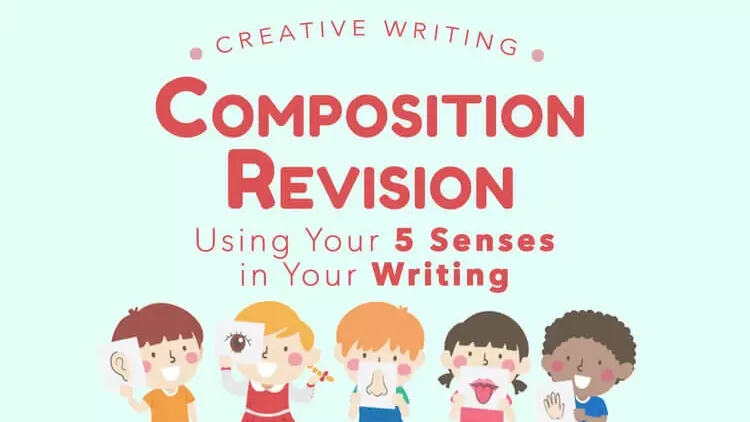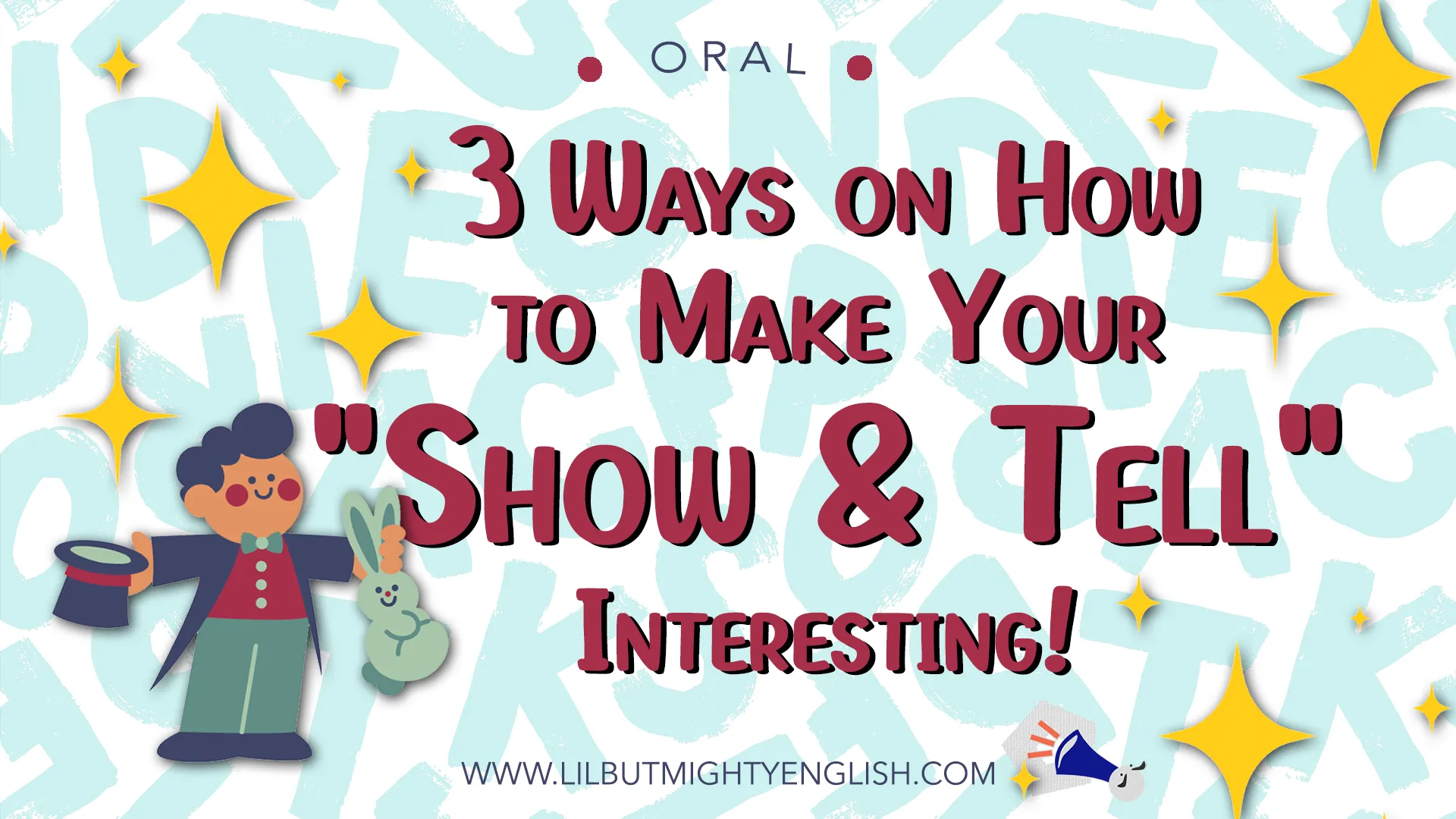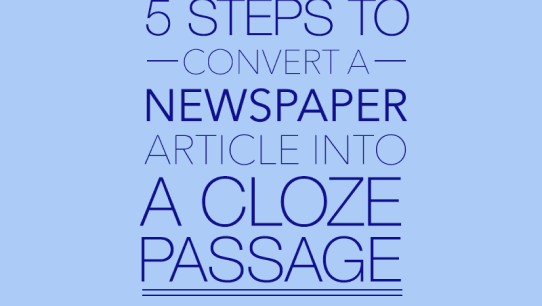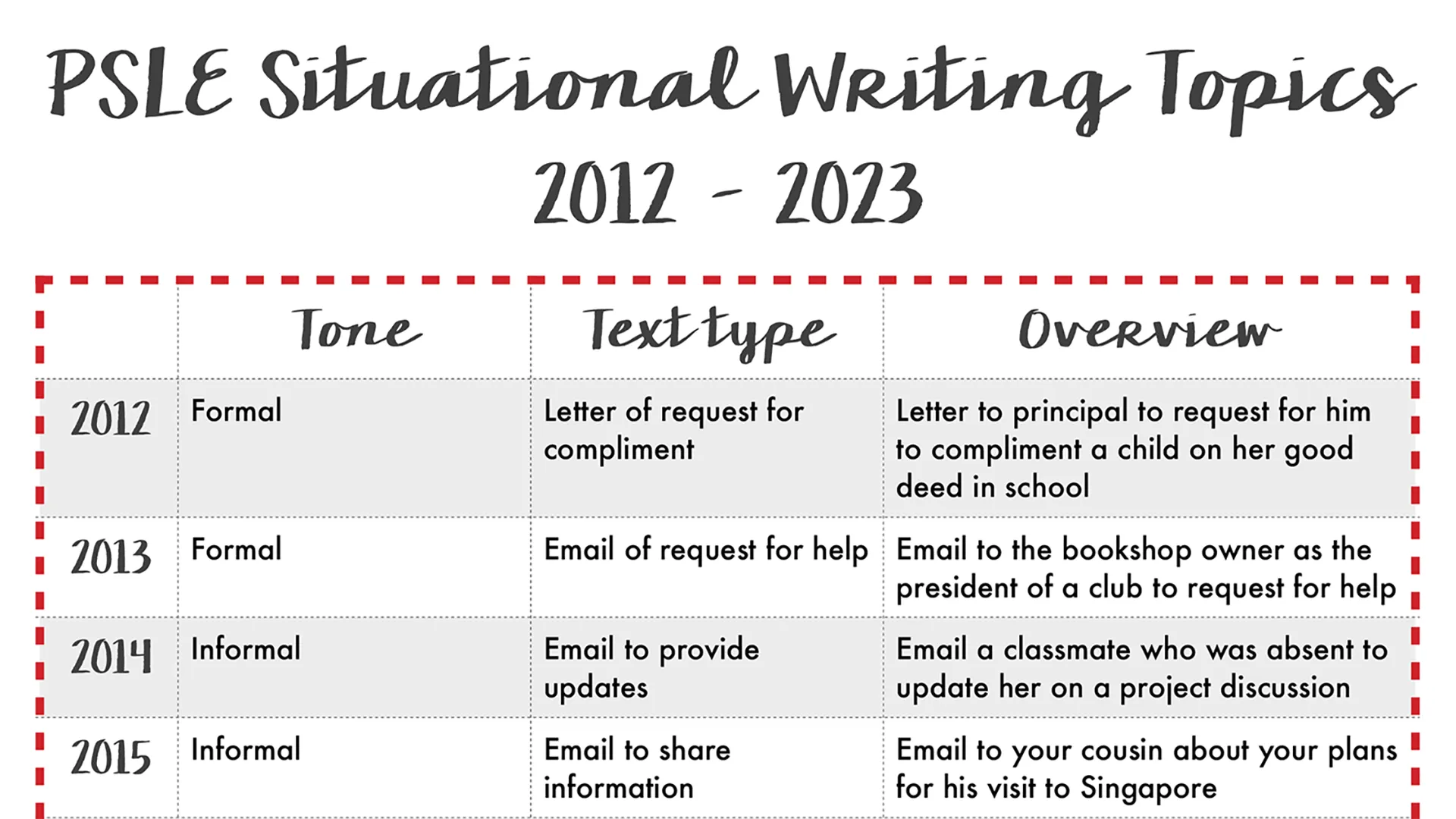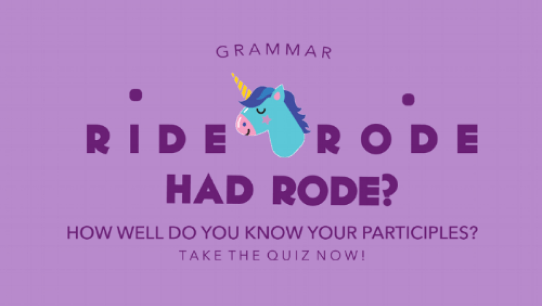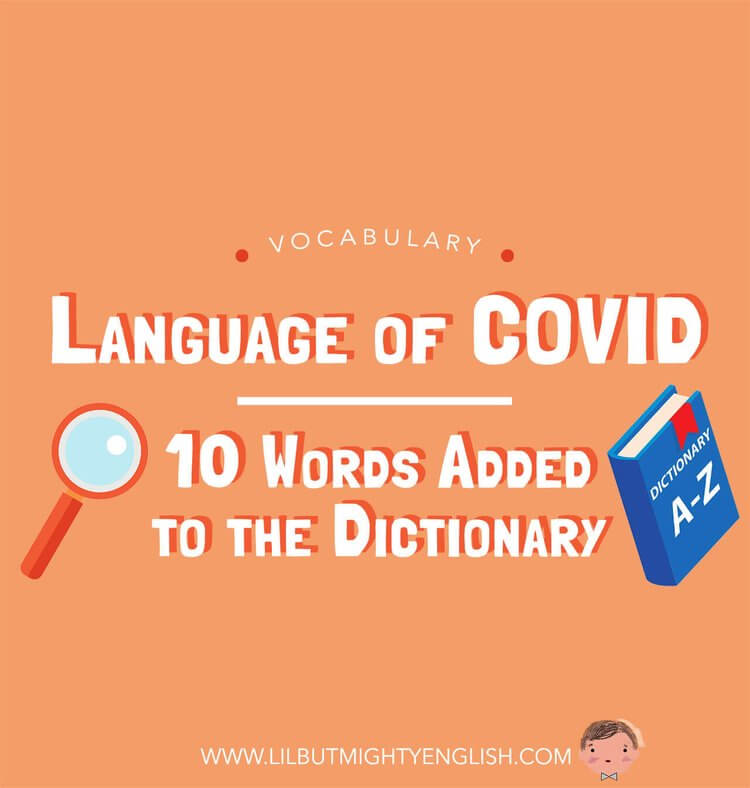
Between Two Commas: How to Deal with Extra Information
- Posted By blog-user
- 01/04/2022
Congratulations to the P6 pupils for clearing their English paper! For the rest of you, the examinations should be drawing near and it is time to make sure that you nail those commonly tested questions. One of the question types which was tested in this year’s PSLE (as well as in the previous years!) is the following:
Grammar MCQ
Are you tempted to choose, ‘love’ to fill in the blank since the sentence seems to have a plural subject i.e. Miss Nora and Mrs Chew?
Don’t be trapped! This rule does not apply to the following expressions: together with, along with, including/ excluding, except, all but, as well as. When you use these expressions to join the subject of a sentence with another noun, you DO NOT form a plural subject. In fact, the clause beginning with the words mention earlier on (as well as Mrs Chew) is what we often mention to our students as extra information. Some of your teachers may have termed it as distractors as it distracts you from the subject (Miss Nora). As such, the verb that agrees with the subject (Miss Nora) should be singular. That is why the verb in the example above is actually ‘loves’ and not ‘love’.
In this post, I am going to share with you the 3 steps you should take when answering this type of question in the grammar MCQ section of the paper. To show you the steps, I am going to use the question below as an example.
Step 1: Identify the extra information and cancel it out.
Cancel out ‘along with her classmates’ because it is a distractor/ extra information. The subject of the sentence is ‘Sally’.
In most cases, the extra information is found between two commas. However, clauses like “except…” are not usually used with two commas. Hence, you should read each question carefully just to be sure.
Step 2: Apply iDoT.
Determine whether the subject (Doer/Described) of the sentence is singular or plural.
In this example, the subject ‘Sally’ is singular so put an ’S’ to denote that.
Step 3: Locate the word or phrase that shows you the tense. Remember NOT to be tricked by the past tense after the blank.
The word that shows the tense is ‘yesterday’ and since it shows the past tense, put ‘Pa’ to indicate the tense.
Some of you may have picked ‘sent’ as the tense word. This is incorrect because in this instance, ‘sent’ is part of a verb phrase – it can be present (is sent, are sent) or past tense (was sent, were sent), depending on the helping verb in front of it. No matter how tempted you to pick the word right after the blank as the tense word, remember this: No past tense after the blank!
The answer for this example is (3) was. Notice how if you did not cancel the extra information (along with her classmates), you might think that the subject is plural and might have chosen option (4) were, which is the wrong answer.
The same rule applies when you see such a question in the synthesis and transformation section of the paper. For instance:
In the answer, be mindful that:
a. the verb agrees with the subject
b. two commas are used to separate the extra information from the rest of the sentence
Your answer should look like this:
c. ‘Is going’ agrees with the singular subject ‘Samuel’.
d. ‘Together with his parents’ are located between two commas as it is the piece of extra information.
I hope today’s post has cleared up some doubts you might have about this type of questions. Do leave a comment if you have any other questions regarding this. In the meantime, take care and see you soon!

Ms. Nora
Nora is an English Teacher at Lil’ but Mighty. She is committed to providing students with a dynamic and nurturing environment in which they can grow and develop. One of her greatest strengths as an educator is instilling a love for the English Language in her students.
Other related posts
10 Beautiful Vivid Verbs to Boost Your Writing and Oral! | Primary School English
- Creative Writing & Compo, Oral
3 Family-Friendly Shows on Netflix (Educational & Entertaining)!
- English in the real world
10 Beautiful Words You Can Use in Narrative / Descriptive Writing | Secondary School
- Secondary School English
Understanding Purpose-Related Questions in Visual Text Comprehension
- Visual Text Comprehension
How Playing Video Games Can Improve Our English (With Practical Tips for Parents!)
- English in the real world
2021 Mother’s Day Contest Winners + Our Founder’s Journey (Mother’s Day Special)!
- Company News
Let Your “Show & Tell” Stand Out! – 3 Ways on How to Make Your “Show and Tell” Interesting
- Lower Primary, Oral
PSLE ORAL | Compiled Prelim 2021 Oral Topics + Questions!
- Free Downloads, Oral
5 Steps to Convert a Newspaper Article into a Cloze Passage
- Cloze Passage and Editing, Free Downloads, Primary School English
PSLE English | Oral Conversation: Free SG50 Sample Practice + Model Answers
- Free Downloads, Oral, Primary School English
PSLE English | Oral Conversation: Filling your Story with Details Easily + Free Revision Cards
- Free Downloads, Oral, Primary School English
PSLE English | Situational Writing: Q&A + Formal vs Informal Writing Comparison Chart
- Free Downloads, Primary School English, Situational Writing
PSLE English Tips | Oral: Stimulus-Based Conversation Checklist
- Free Downloads, Oral, Primary School English
A Little Encouragement | DIY Motivational Bookmark (Easy to personalise too!)
- English in the real world, Free Downloads, Reading
Situational Writing: Step-by-Step Guide + Free Revision Card
- Free Downloads, Primary School English, Situational Writing
I Love Reading | 5 Ways to Motivate Reluctant Readers
- English in the real world, Free Downloads
PSLE English | Printable Ultimate Grammar & Synthesis Summary
- Free Downloads, Grammar, Sentence Synthesis
How Well Do You Know Your Past Participles?
- Free Downloads, Grammar
Primary Composition Writing | Starting Sentences with Introductory Clauses
- Creative Writing & Compo, Free Downloads
The Sentence Train | Lower Primary English
- Free Downloads, Grammar
PSLE English Tips | Oral: Reading Checklist
- Free Downloads, Oral, Primary School English
Language of COVID | 10 Words Added to the Dictionary
- English in the real world, Vocabulary
Expressing Character Feelings Too! | Using Show-Not-Tell (Part 2)
- Creative Writing & Compo
Which Picture Should I Use? | Choosing the Best Picture to Use for Composition!
- Creative Writing & Compo
Like what you are reading?
Subscribe now to receive news and tips hot off the press!









